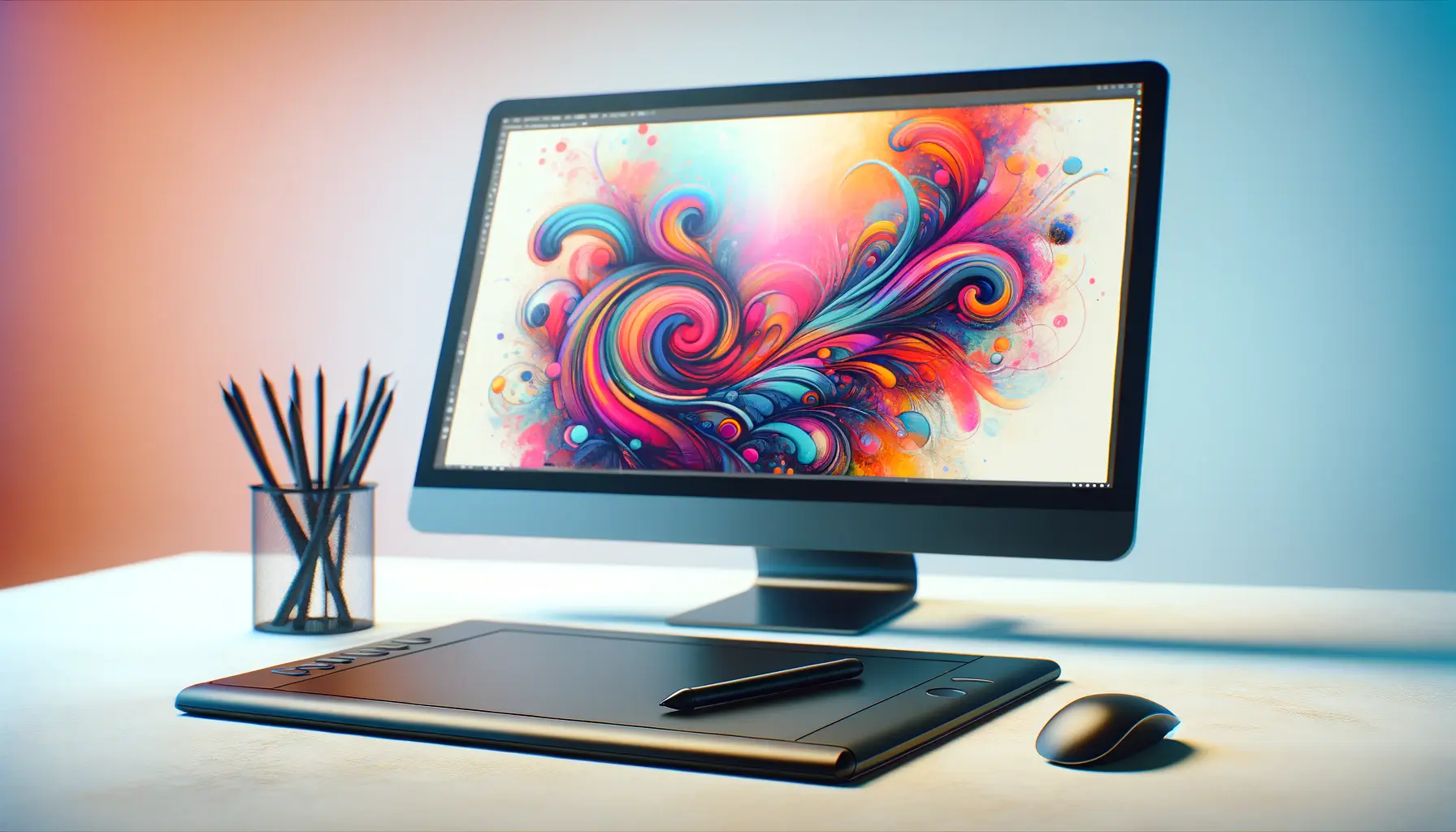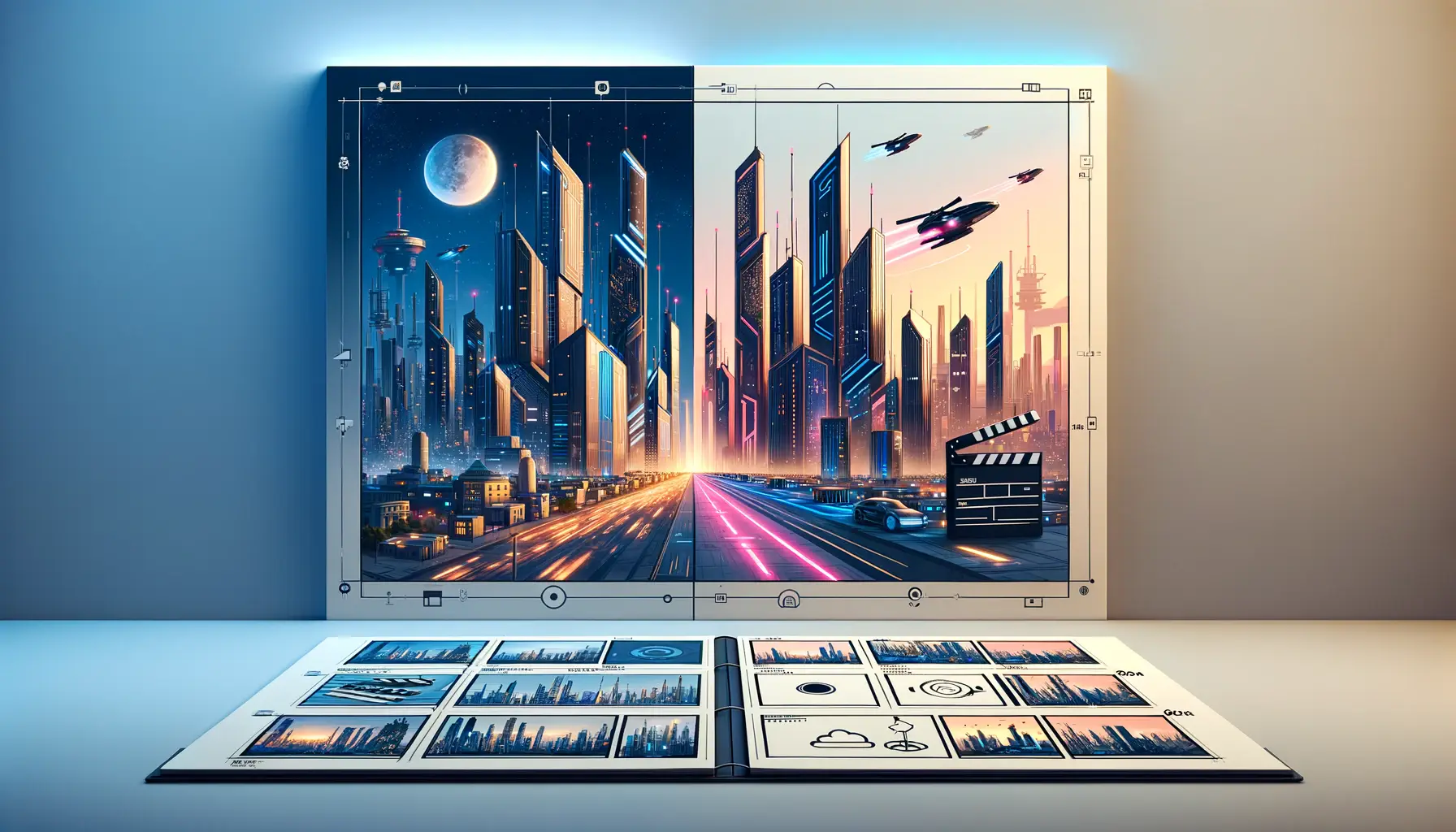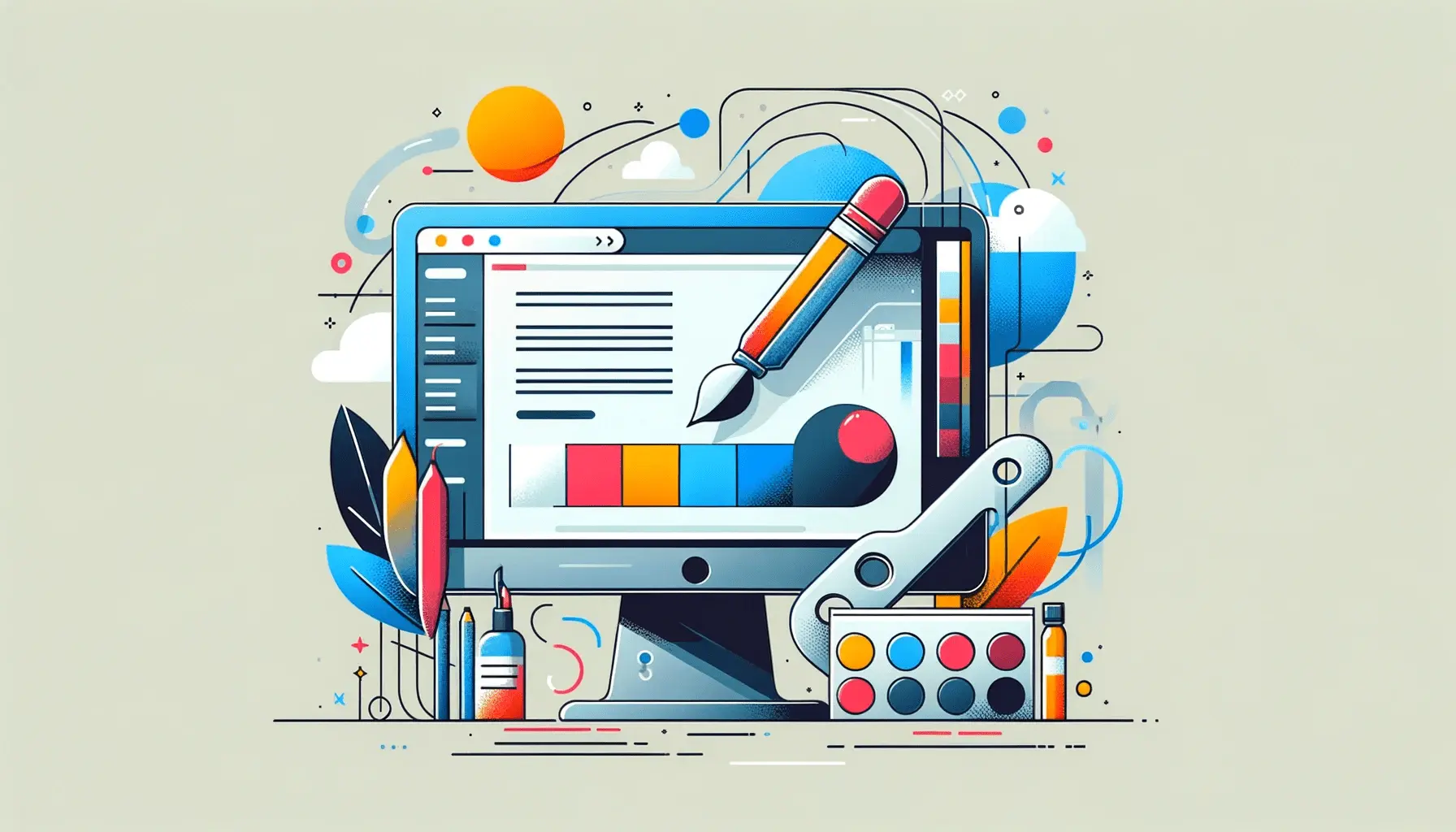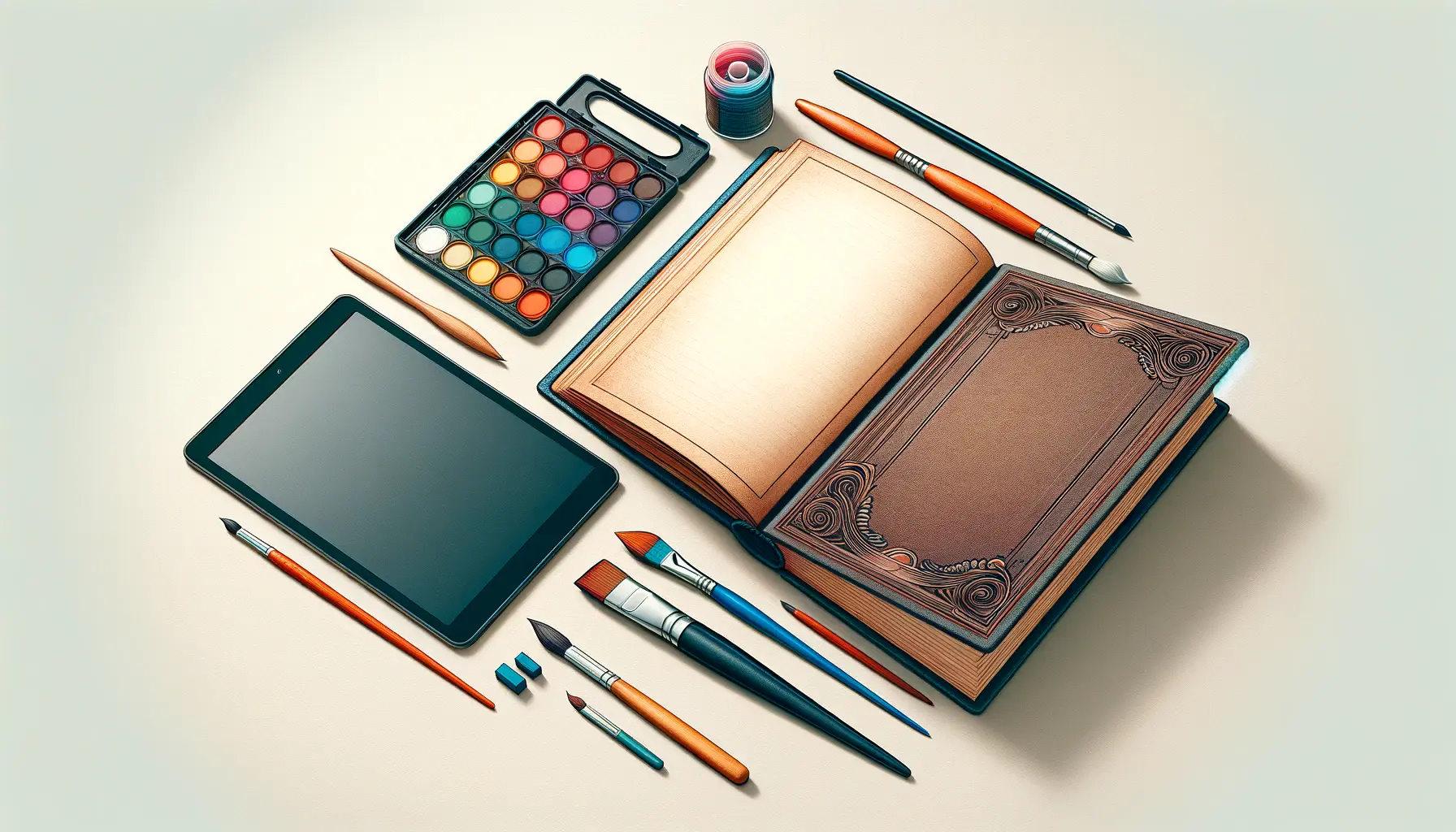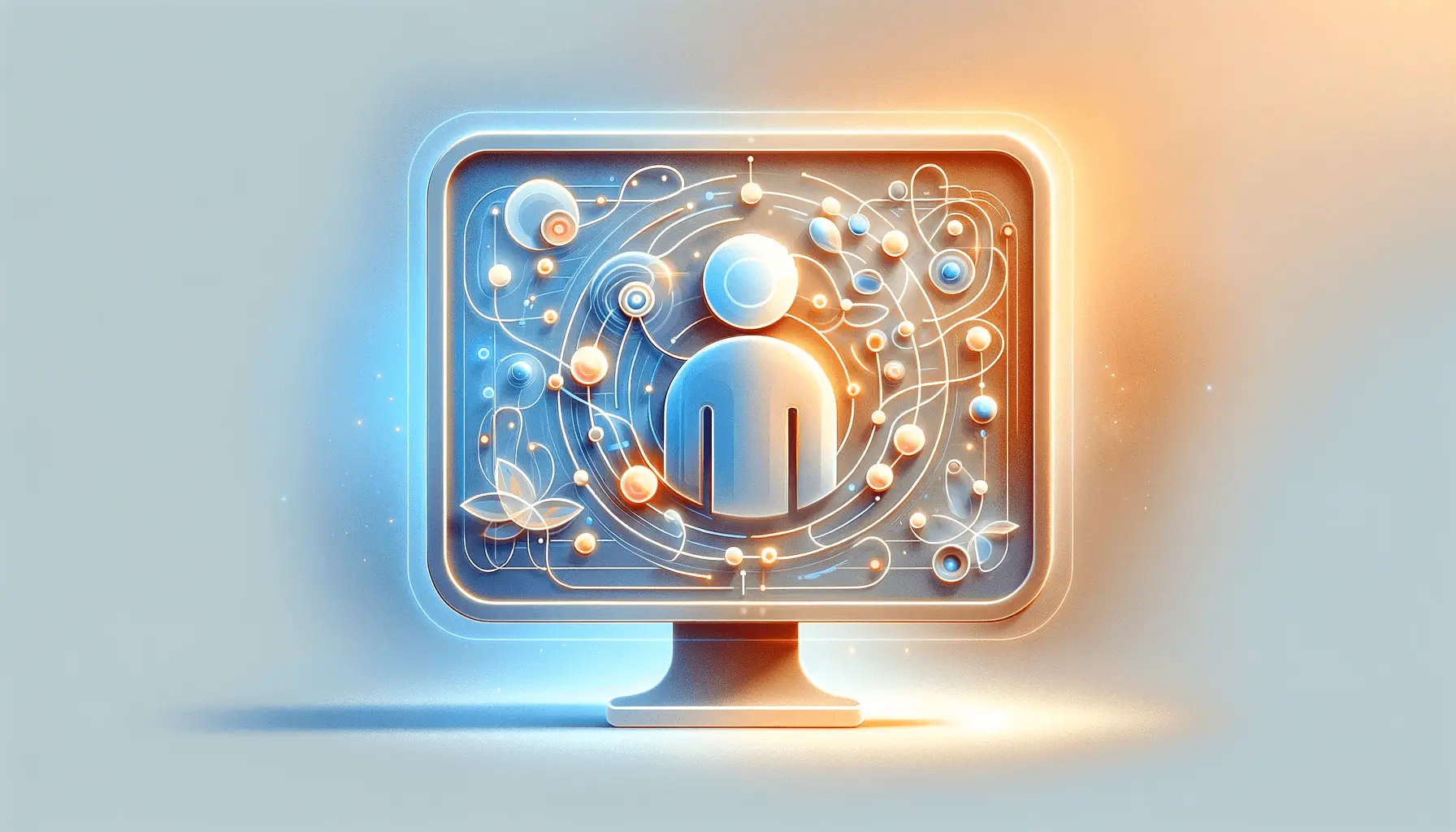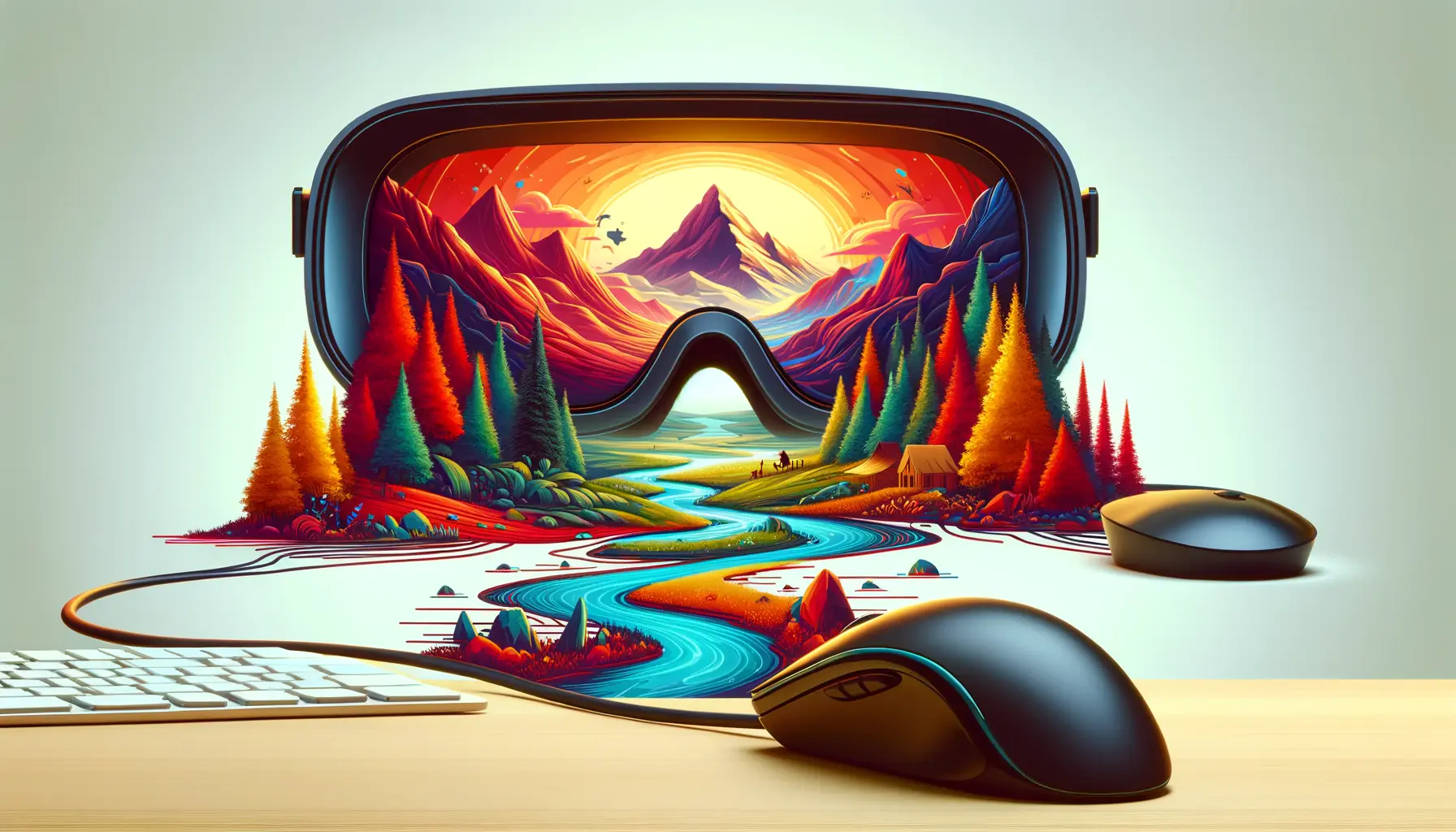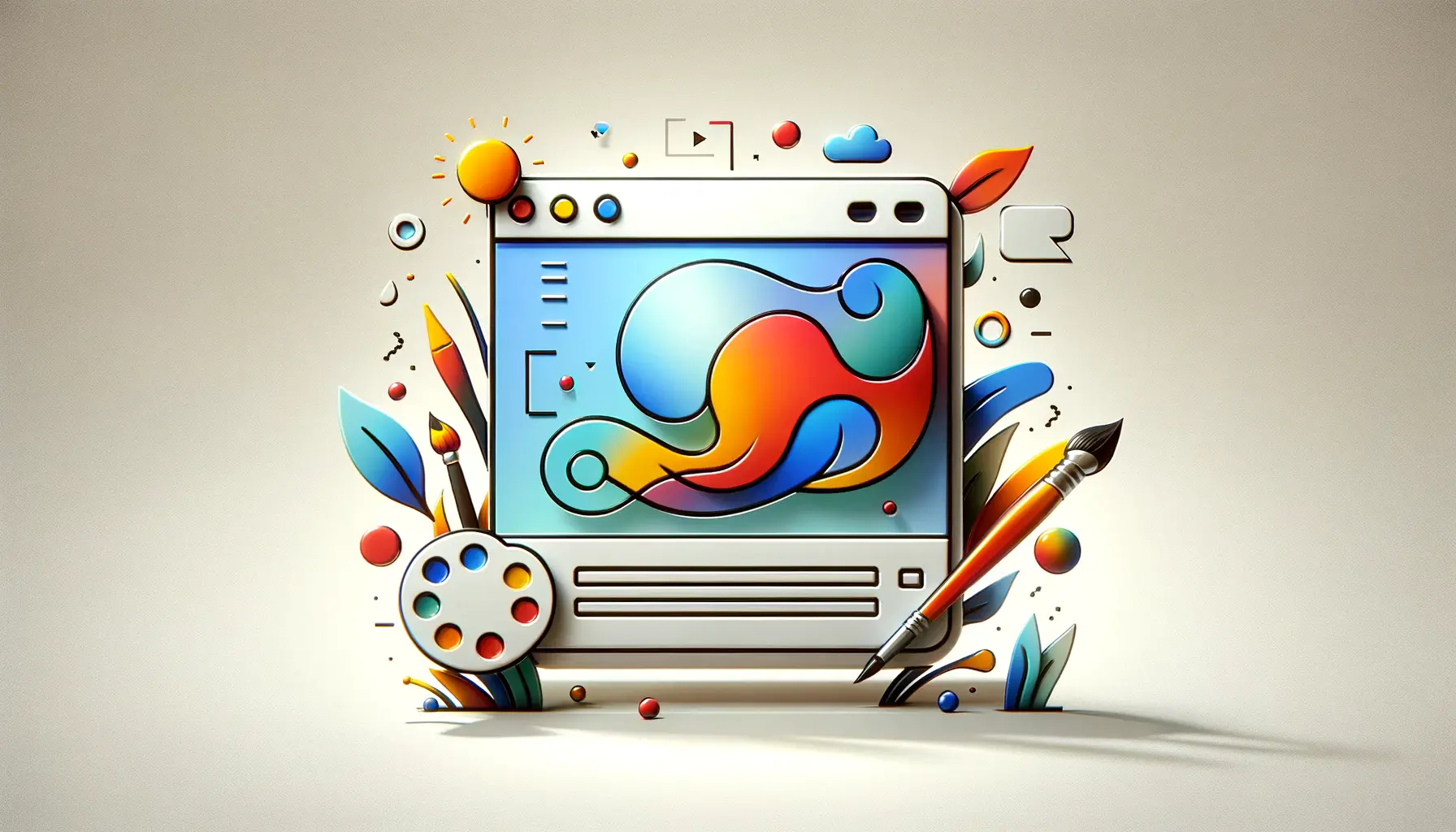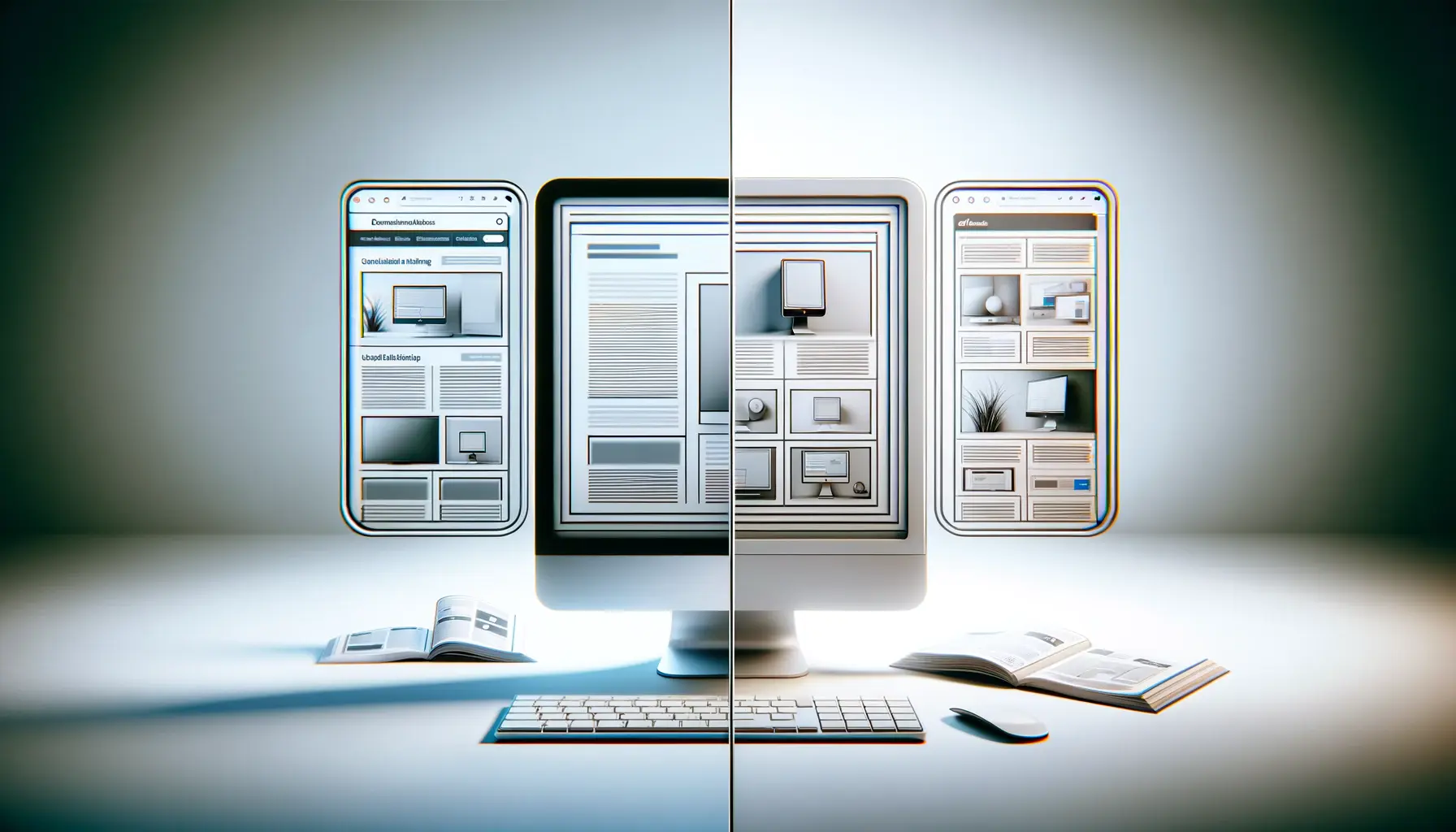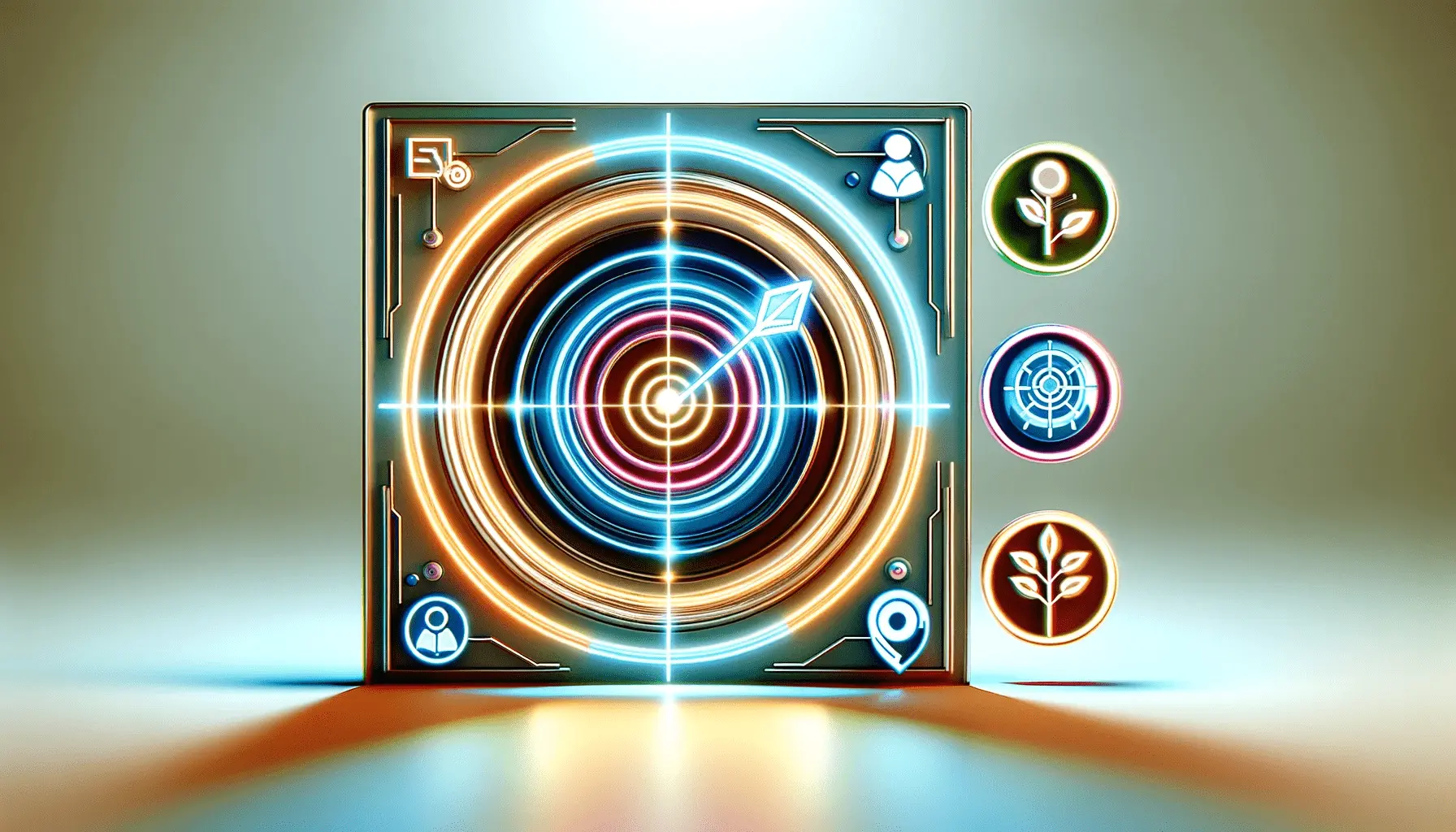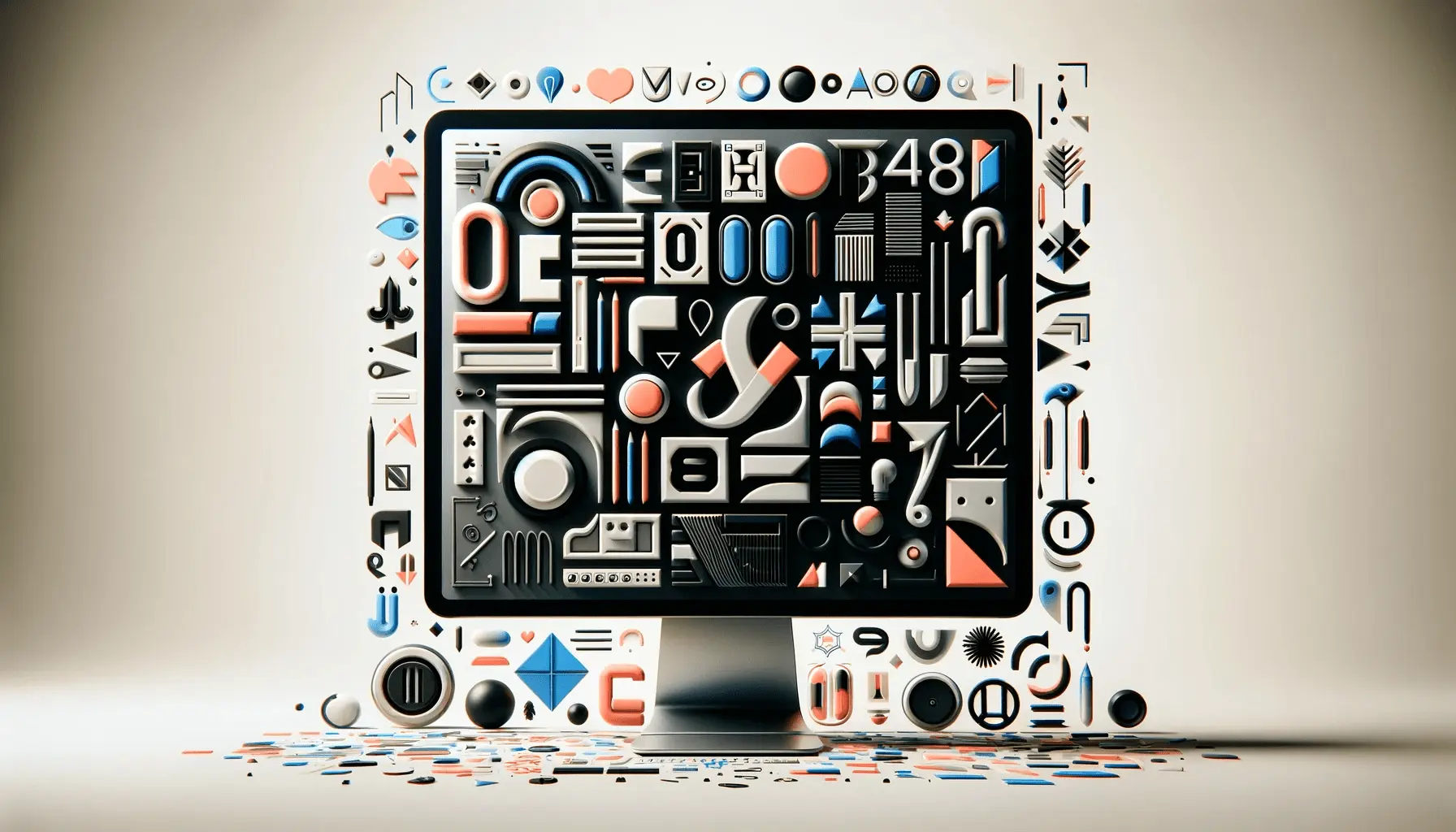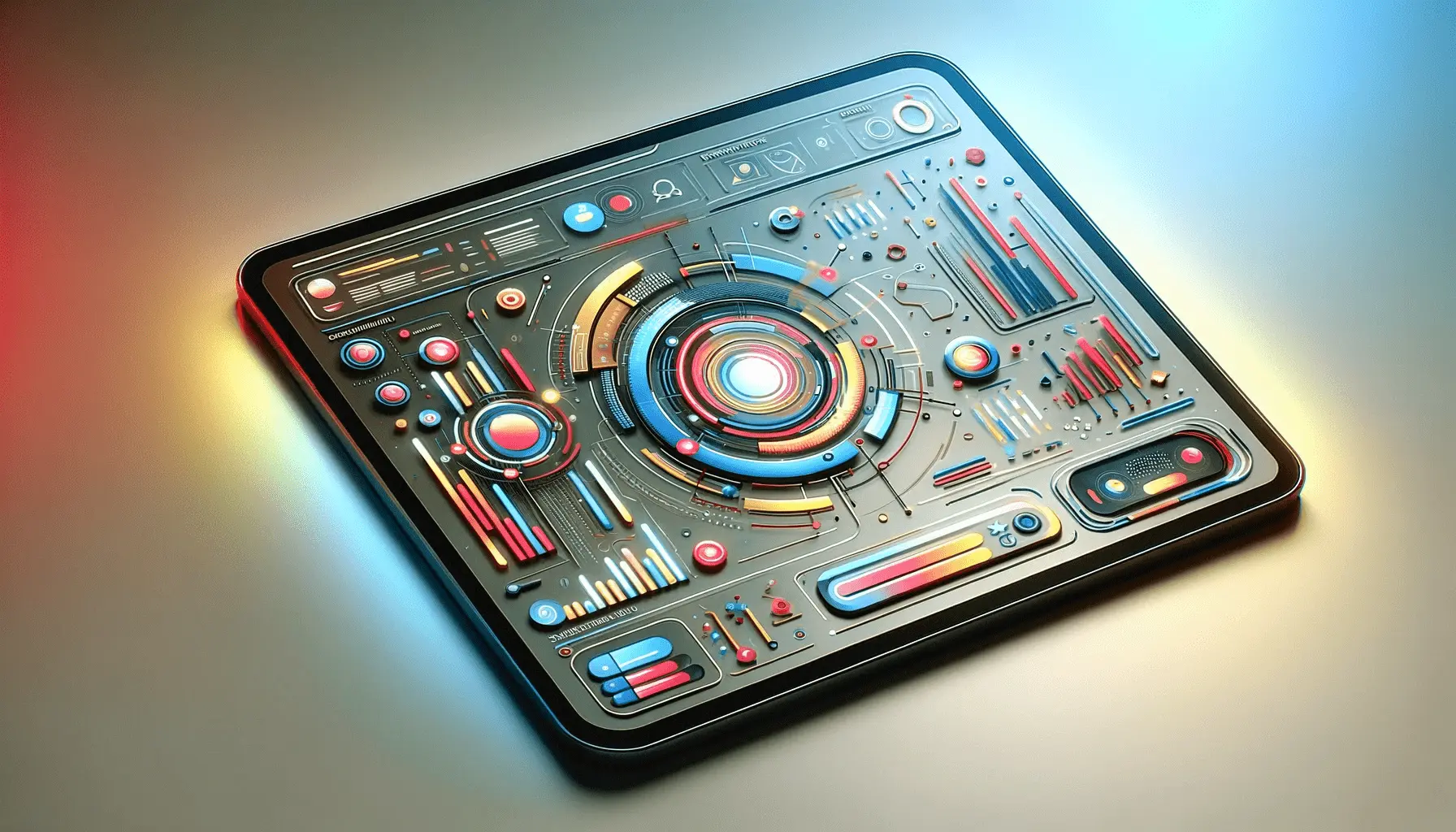The advent of artificial intelligence in the realm of digital art has ushered in a new era of creativity, where the boundaries of imagination are constantly being expanded.
Among the most groundbreaking developments in this field is DALL-E, a sophisticated AI program developed by OpenAI, designed to generate custom illustrations from textual descriptions.
This tool has not only democratized the art creation process but also opened up a myriad of possibilities for artists, designers, and enthusiasts alike.
At the core of DALL-E’s appeal is its ability to interpret the nuances of language and translate them into visual representations, offering a unique blend of precision and creativity.
This capability enables users to create custom illustrations that were previously confined to the limits of their drawing skills or the availability of professional artists.
The significance of DALL-E in the creative industry cannot be overstated, as it represents a shift towards a more inclusive and innovative approach to art creation.
- Understanding DALL-E and Its Capabilities
- The Process of Creating with DALL-E
- Optimizing Prompts for Better Results
- Innovative Applications of DALL-E in Various Industries
- Challenges and Ethical Considerations
- Future Directions of AI in Art Creation
- Maximizing the Potential of DALL-E for Creative Projects
- Embracing the Future of Creativity with DALL-E
- DALL-E Custom Illustrations FAQ
Understanding DALL-E and Its Capabilities
What is DALL-E?
DALL-E, a portmanteau of “drawing” and the famous surrealist artist Salvador Dalí, is an AI model capable of generating images from textual descriptions.
This technology leverages vast amounts of data and sophisticated algorithms to understand and visualize concepts in ways that were previously unimaginable.
The implications of such a tool are profound, offering both seasoned artists and novices the ability to bring their wildest imaginations to life without the need for traditional artistic skills.
The process of creating with DALL-E is straightforward yet powerful.
Users provide a descriptive prompt, and the AI interprets these instructions to produce images that match the description.
This simplicity in interaction masks the complex processes running behind the scenes, where the AI analyzes the prompt, references its learned data, and generates an image that it predicts will match the user’s request.
Expanding Creative Horizons
The introduction of DALL-E into the creative landscape has significantly broadened the horizons for what is possible in digital art.
By removing technical skill barriers, it allows individuals to focus purely on the creative aspect of art creation.
This democratization of art production has the potential to introduce a diverse array of perspectives and ideas into the world, enriching the cultural tapestry with visions that might have otherwise remained unexpressed.
Moreover, DALL-E’s ability to generate custom illustrations based on specific prompts makes it an invaluable tool for various applications, from graphic design and marketing to storytelling and education.
The flexibility and efficiency of DALL-E provide a glimpse into the future of creative work, where AI partners with humans to enhance and amplify their innate creativity.
DALL-E’s impact extends beyond just creating art; it’s reshaping the creative process, making it more accessible and inclusive for everyone.
The Process of Creating with DALL-E
The journey from a mere concept to a visually stunning illustration using DALL-E involves a series of steps that highlight the AI’s user-friendly interface and its sophisticated underlying technology.
This process not only showcases the AI’s ability to understand and interpret human language but also its capacity to render detailed and contextually accurate images.
Here, we delve into the steps involved in creating custom illustrations with DALL-E, emphasizing the seamless integration of technology and creativity.
Step 1: Crafting the Perfect Prompt
The first step in leveraging DALL-E’s capabilities is to craft a detailed and descriptive prompt.
This prompt acts as a guide for the AI, directing it on what kind of illustration to generate.
The effectiveness of DALL-E’s output heavily relies on the clarity and specificity of the input prompt.
Users are encouraged to be as descriptive as possible, incorporating details about the composition, color scheme, style, and mood of the desired illustration.
Step 2: Understanding DALL-E’s Interpretation
Once the prompt is submitted, DALL-E processes the text to understand the request.
This involves parsing the language, identifying key elements, and mapping them to visual concepts that it has learned during its training.
The AI’s ability to interpret the prompt correctly is crucial for the success of the final image.
It’s a testament to the advancements in natural language processing and machine learning, showcasing how AI can bridge the gap between textual descriptions and visual art.
Step 3: The Generation of the Illustration
After interpreting the prompt, DALL-E proceeds to generate the illustration.
This step is where the magic happens, as the AI combines its understanding of the prompt with its vast database of images to create something unique.
The generation process is iterative, with DALL-E refining its output to better match the user’s request.
The result is a custom illustration that aligns with the user’s vision, often surpassing expectations in terms of creativity and detail.
- Refinement and Editing: DALL-E offers tools for refining and editing the generated images, allowing users to tweak the results until they meet their satisfaction. This iterative process ensures that the final illustration is as close to the user’s original vision as possible.
- Application in Various Fields: The custom illustrations created by DALL-E can be used across a wide range of fields, from digital marketing and web design to educational content and personal projects. The versatility of DALL-E’s generated images makes it a powerful tool for creators of all kinds.
The process of creating with DALL-E is a blend of art and science, demonstrating the potential of AI to enhance human creativity.
Optimizing Prompts for Better Results
The key to unlocking the full potential of DALL-E lies in the art of prompt optimization.
A well-crafted prompt can significantly influence the quality and relevance of the generated illustrations.
This section explores strategies for optimizing prompts to achieve better results with DALL-E, ensuring that the output closely aligns with the user’s intentions and creative vision.
Clarity and Detail in Descriptions
One of the most critical aspects of prompt optimization is the inclusion of clear and detailed descriptions.
Users should aim to provide comprehensive details about the desired illustration, including elements such as setting, mood, color preferences, and specific objects or characters.
This level of detail helps DALL-E understand the context and nuances of the request, leading to more accurate and satisfying results.
Incorporating Artistic Styles and References
Another effective strategy is to reference specific artistic styles or well-known artworks within the prompt.
By doing so, users can guide DALL-E towards generating illustrations that mimic certain aesthetics or pay homage to particular artists.
This approach is particularly useful for projects that require a specific visual style, ensuring that the generated images resonate with the intended artistic direction.
- Experimentation with Variations: DALL-E allows users to experiment with different prompt variations to explore a range of possible outcomes. This iterative process can uncover unique and unexpected illustrations, broadening the creative possibilities.
- Feedback and Iteration: The process of optimizing prompts is iterative, involving trial and error. Users should evaluate the generated illustrations, adjust their prompts based on the results, and resubmit them. This feedback loop can lead to continuous improvement in the quality of the illustrations.
Optimizing prompts for DALL-E is not just about achieving a specific outcome but also about exploring the boundaries of AI-generated art.
By mastering the art of prompt crafting, users can push the limits of creativity, discovering new ways to express their ideas through custom illustrations.
Effective prompt optimization is essential for harnessing the full creative power of DALL-E, turning simple descriptions into complex visual narratives.
Innovative Applications of DALL-E in Various Industries
The versatility and creative potential of DALL-E extend far beyond individual art projects, touching various industries with its innovative applications.
From marketing and advertising to education and entertainment, DALL-E’s ability to generate custom illustrations has opened up new avenues for creativity and efficiency.
This section highlights some of the most impactful ways DALL-E is being used across different sectors.
In the realm of marketing and advertising, DALL-E’s custom illustrations provide a unique way to capture consumer attention.
Brands can generate bespoke imagery that aligns perfectly with their campaign themes, creating visually compelling content that stands out in a crowded marketplace.
This not only enhances brand identity but also engages potential customers in a more personalized and creative manner.
Educational Content Creation
In education, DALL-E transforms the way instructional materials are created and presented.
Educators can use the tool to generate custom images that illustrate complex concepts, making learning more engaging and accessible.
Whether it’s historical events, scientific phenomena, or literary scenes, DALL-E’s illustrations can bring abstract ideas to life, enhancing students’ understanding and retention.
Entertainment and Media Production
The entertainment industry benefits from DALL-E’s capabilities in conceptual art and storyboard creation.
Filmmakers, game designers, and authors can use the tool to visualize scenes, characters, and settings, streamlining the creative process.
This not only speeds up production timelines but also offers a new level of creative freedom to explore different visual styles and narratives.
- Personalized Product Design: DALL-E enables businesses to offer personalized product designs, catering to the growing demand for customization. From fashion to home decor, companies can use DALL-E to create unique patterns and designs that reflect their customers’ preferences.
- Innovative Art Projects: Artists and designers are leveraging DALL-E to push the boundaries of their creativity. By generating custom illustrations, they can explore new artistic directions, experiment with different styles, and create works that blend human creativity with AI innovation.
The innovative applications of DALL-E across various industries demonstrate the tool’s potential to revolutionize the way we think about and engage with creative content.
By providing a platform for generating custom illustrations, DALL-E not only enhances creative projects but also offers practical solutions to industry-specific challenges.
DALL-E’s impact on industries highlights its role as a transformative tool in the creative landscape, offering endless possibilities for innovation and customization.
Challenges and Ethical Considerations
While DALL-E’s capabilities offer exciting opportunities for creativity and innovation, they also raise important challenges and ethical considerations.
As with any technology that has the potential to significantly impact society, it’s crucial to address these concerns thoughtfully.
This section explores some of the key issues surrounding the use of DALL-E in creating custom illustrations.
The question of intellectual property and copyright infringement is at the forefront of ethical considerations.
DALL-E generates images based on a vast dataset of existing artworks and photographs, leading to concerns about the originality of the output and potential copyright issues.
Ensuring that generated images do not infringe on existing copyrights requires careful navigation and ongoing legal clarification.
Data Privacy and Bias
Data privacy is another critical concern, especially regarding the images used to train DALL-E.
The sources of these images and the consent of individuals or creators involved are essential considerations.
Additionally, the potential for bias in generated images, stemming from the data DALL-E was trained on, poses a challenge.
Efforts must be made to ensure that the AI produces diverse and unbiased illustrations, reflecting a wide range of perspectives and avoiding stereotypes.
Impact on Creative Industries
The introduction of DALL-E also prompts discussions about its impact on the creative industries.
While it democratizes art creation and offers new tools for artists, there are concerns about its effect on professional illustrators and designers.
Balancing the benefits of AI-generated art with the value of human creativity and labor is a delicate task, requiring thoughtful consideration of how these technologies are integrated into creative workflows.
- Ensuring Ethical Use: As DALL-E becomes more widely used, establishing guidelines for ethical use is paramount. This includes responsible prompt crafting, respecting copyright laws, and considering the societal impact of the images created.
- Continual Learning and Improvement: Addressing the challenges and ethical considerations associated with DALL-E requires ongoing research and development. By continually improving the AI’s algorithms and training data, it’s possible to mitigate biases and enhance the tool’s positive impact on society.
Addressing the challenges and ethical considerations of DALL-E is essential for harnessing its potential responsibly.
By engaging in open dialogue and developing robust frameworks for its use, we can ensure that DALL-E contributes positively to the creative landscape and society at large.
Navigating the ethical landscape of AI-generated art is crucial for fostering innovation while ensuring responsible and beneficial outcomes.
Future Directions of AI in Art Creation
The integration of AI like DALL-E into the art creation process marks just the beginning of a transformative journey in the creative industries.
As technology evolves, so too will the ways in which we create, interact with, and perceive art.
This section explores the potential future directions of AI in art creation, highlighting the opportunities and innovations that may lie ahead.
One of the most exciting prospects is the continued advancement of AI’s creative capabilities.
Future iterations of DALL-E and similar technologies could offer even more nuanced understanding of artistic styles, techniques, and the subtleties of human creativity.
This could lead to the generation of artworks that are indistinguishable from those created by human artists, challenging our perceptions of creativity and authorship.
Collaborative Artistic Endeavors
The concept of collaboration between AI and human artists is another area ripe for exploration.
Such partnerships could see AI not just as a tool for generating art based on prompts but as an active participant in the creative process, offering suggestions, variations, and even critiques.
This collaborative approach could open new avenues for creativity, blending human intuition with AI’s computational power to create truly innovative works of art.
Expanding Accessibility and Inclusion
AI technologies like DALL-E also have the potential to make art creation more accessible and inclusive.
By removing technical skill barriers, AI can empower individuals from diverse backgrounds to express themselves through art.
This democratization of art creation could lead to a more diverse and vibrant cultural landscape, enriched by a wider range of voices and perspectives.
- Enhanced Tools for Education: In the educational sphere, AI could provide powerful tools for teaching art and design. By allowing students to experiment with different styles and techniques through AI-generated illustrations, educators can offer a more interactive and engaging learning experience.
- Environmental and Ethical Considerations: As AI in art creation progresses, it will be important to consider the environmental impact of training and running large AI models. Additionally, ongoing discussions about the ethical implications of AI-generated art will be crucial in shaping responsible development and use.
The future of AI in art creation is filled with possibilities, promising to redefine the boundaries of creativity and artistic expression.
As we navigate this evolving landscape, the collaboration between human creativity and artificial intelligence holds the potential to unlock unprecedented levels of innovation and diversity in the arts.
The intersection of AI and art is a frontier of endless possibilities, challenging us to reimagine the creative process and the nature of art itself.
Maximizing the Potential of DALL-E for Creative Projects
As we delve into the capabilities and future possibilities of DALL-E, it’s clear that this AI tool offers a unique opportunity for creative expression and innovation.
However, to truly maximize its potential, users must approach DALL-E with a blend of creativity, strategic thinking, and an understanding of its capabilities.
This final section provides insights into how individuals and organizations can harness the power of DALL-E for their creative projects, ensuring that they not only achieve their artistic visions but also push the boundaries of what’s possible with AI-generated art.
Understanding the nuances of prompt crafting is the first step toward unlocking DALL-E’s full potential.
A well-crafted prompt acts as a bridge between the user’s creative vision and the AI’s capabilities, guiding it to produce results that closely align with the desired outcome.
Experimentation plays a crucial role in this process, as it allows users to explore the vast possibilities offered by DALL-E, fine-tuning their prompts based on the AI’s responses.
Integrating DALL-E into Creative Workflows
Integrating DALL-E into existing creative workflows can significantly enhance productivity and innovation.
By using DALL-E for initial concept generation, artists and designers can quickly explore a wide range of ideas before refining their concepts manually.
This not only speeds up the creative process but also provides a source of inspiration for projects that might have otherwise been constrained by traditional methods.
Leveraging DALL-E for Customized Solutions
DALL-E’s ability to generate custom illustrations based on specific prompts makes it an invaluable tool for creating personalized content.
Whether it’s for marketing campaigns, educational materials, or personal projects, DALL-E can produce tailored images that resonate with the intended audience.
This customization capability is particularly beneficial in industries where differentiation and personalization are key to engaging with customers or stakeholders.
- Staying Informed About Developments: The field of AI and art is rapidly evolving, with new advancements and updates to DALL-E being released regularly. Staying informed about these developments can help users take full advantage of the tool’s capabilities and adapt their strategies to leverage new features and improvements.
- Exploring Ethical and Creative Boundaries: As users push the limits of what’s possible with DALL-E, it’s important to consider the ethical implications of AI-generated art. This includes respecting copyright laws, considering the impact of the images created, and exploring the creative boundaries responsibly.
Maximizing the potential of DALL-E for creative projects requires a combination of technical understanding, creative experimentation, and ethical consideration.
By approaching DALL-E with a mindset geared towards exploration and innovation, users can unlock new dimensions of creativity, transforming their artistic visions into reality.
DALL-E is not just a tool for creating art; it’s a catalyst for reimagining the creative process and expanding the horizons of artistic expression.
Embracing the Future of Creativity with DALL-E
The exploration of DALL-E’s capabilities in creating custom illustrations marks a significant milestone in the intersection of artificial intelligence and creative expression.
As we’ve navigated through the intricacies of DALL-E, from its foundational technology to its ethical implications and future potential, one thing remains clear: DALL-E is not just a tool but a transformative force in the creative landscape.
This conclusion aims to encapsulate the essence of our journey with DALL-E, highlighting its impact on creativity and envisioning the path forward.
The Dawn of a New Creative Era
The advent of DALL-E has ushered in a new era of creativity, where the barriers between imagination and manifestation are increasingly blurred.
By enabling the creation of custom illustrations from textual descriptions, DALL-E democratizes art creation, making it accessible to a broader audience.
This shift not only expands the creative possibilities for individuals and industries alike but also challenges our traditional notions of art and authorship.
Maximizing Creative Potential with DALL-E
To fully leverage the capabilities of DALL-E, users must approach it with a blend of creativity, strategic thinking, and an understanding of its technological underpinnings.
The future of creative projects will increasingly rely on the synergy between human creativity and AI’s computational power.
By optimizing prompts, integrating DALL-E into creative workflows, and staying abreast of technological advancements, creators can unlock unprecedented levels of innovation and personalization in their work.
- The importance of ethical considerations and responsible use cannot be overstated, as the impact of DALL-E extends beyond individual projects to societal and cultural dimensions.
- Continuous exploration and experimentation with DALL-E will be key to discovering new applications and pushing the boundaries of what is creatively possible.
- Collaboration between AI and human creativity promises to redefine the creative process, leading to a future where art is more inclusive, diverse, and innovative.
In conclusion, DALL-E represents a pivotal development in the ongoing evolution of creative technologies.
Its ability to generate custom illustrations based on textual prompts opens up a world of possibilities for artists, designers, and creators of all kinds.
As we look to the future, the integration of DALL-E and similar AI tools into the creative process heralds a new age of innovation and expression.
By embracing these technologies, we can expand the horizons of creativity, exploring new forms of art that were once beyond our imagination.
The journey with DALL-E is just beginning, and its full potential is yet to be realized.
As we continue to explore and understand this powerful tool, we stand on the brink of a new frontier in art and creativity, one that promises to enrich our world in ways we have yet to fully comprehend.
DALL-E Custom Illustrations FAQ
Explore frequently asked questions about creating custom illustrations with DALL-E, offering insights into its capabilities, usage, and creative potential.
Begin by crafting a detailed text prompt describing the image you envision. DALL-E uses this prompt to generate custom illustrations.
Yes, DALL-E can edit images through inpainting and outpainting, allowing you to modify or extend your creative works.
Be as detailed and descriptive as possible. Including specific styles, colors, and elements leads to more accurate illustrations.
Yes, by specifying an artist’s style or art movement in your prompt, DALL-E can generate illustrations that reflect those characteristics.
DALL-E is available through OpenAI, with various access plans, including options that may offer free trials or usage credits.
DALL-E interprets and combines elements from complex prompts to create cohesive and contextually relevant illustrations.
Current limitations include generating images in square format and challenges in interpreting overly abstract concepts.
Refining your prompts for clarity and specificity, and experimenting with variations, can significantly enhance the quality of outputs.
